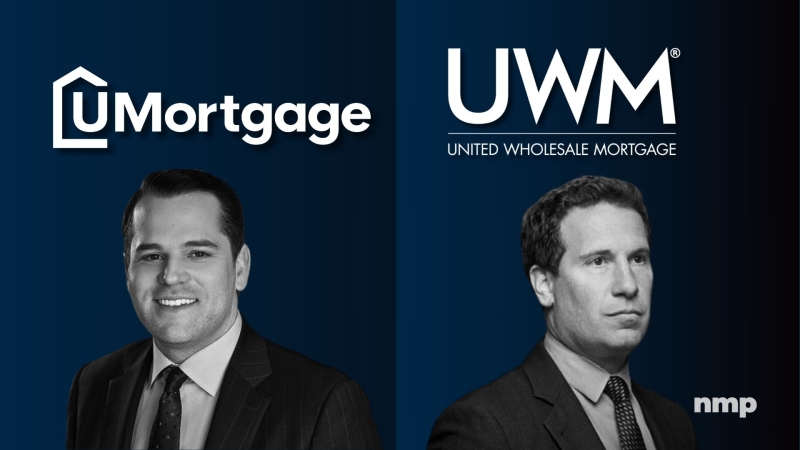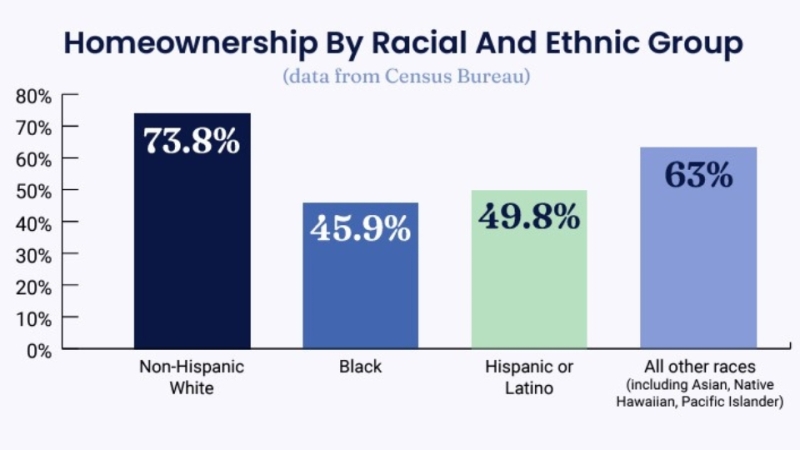Advertisement
Networking is more than just handing out business cards
Are you prepared for a disaster?Richard Bitnersub-prime lending, alt-A mortgages, marketing strategy
Welcome to "The sub-prime forum," a column designed to help
improve your knowledge of alt-A lending and offer tips to increase
your share of this lucrative market. As a 12-year veteran of the
industry, Richard Bitner has a wealth of experience working in
retail, wholesale and correspondent sub-prime lending. He has
served as the president of Kellner Mortgage Investments for the
past five years.
A few days ago, my home caught fire. Looking back on the events
that transpired, I realize that I was incredibly lucky. My whole
family was home and awake at the time and was able to get out of
the house before the fire started to spread. By detecting the fire
early and having an extinguisher in the house, we were able to buy
some time before the fire department arrived to finish the job.
Since the damage was primarily contained to the garage, we were
able to move back into our home within a matter of days to begin
rebuilding the area that was damaged.
Anytime you go through an event like this one, it's natural to
re-evaluate different aspects of your life. Although we were
prepared to a certain degree for this type of disaster, our level
of preparedness, on the whole, was inadequate. The events that have
impacted me during these last few days have caused me to reflect on
the level of preparedness with respect to my organization. Keeping
this in mind, ask yourself how prepared you are to handle a
disaster. Are you capable of weathering the proverbial storm?
For our purposes, let's not view disaster in the traditional
sense of fires, floods and earthquakes. Instead, we'll define
disaster as the change in market forces that causes your volume to
slip. As you read this article, it's likely that we're all knee
deep into the holiday season. Traditionally, we see a slowdown in
business during the month of December as our attention gets focused
on the holidays. Volume is typically slower throughout the winter
months and starts to pick up as we get closer to spring.
However, if you look at recent industry trends, it's not hard to
believe that we may be headed toward a storm of our own. With the
good fortune this industry has had for the last five years, I've
stopped predicting when the slowdown will come. We've enjoyed
perhaps the greatest run in the history of mortgage lending, yet
most experts agree that the torrid pace of writing new mortgage
loans all the time won't go on forever. In fact, if you consider
the events of recent monthsthe upward movement of rates, the
slimming margins on the investor side and the first signs that
price appreciation is starting to wanethe signals are getting
pretty clear.
While few experts seem to the think the bottom will drop out of
the market, history can teach us a lot about cycles in the mortgage
business. For those of you who were writing mortgages in the early
1990s, you'll remember the refinance boom in 1992-1993. A
substantial number of loan originators made a killing by focusing
their efforts on churning one refinance after another. When rates
took a turn and went the other way, a significant percentage of
mortgage brokers closed down shop and were forced to get out of the
business. By focusing their efforts solely on obtaining business
through one channel, they were unprepared when the market turned
south.
The current market, although different from the one in 1993, has
similar parallels. The sheer volume of purchase activity today, not
unlike the volume of refinances from this previous time period, has
fueled this amazing market. As rates start to rise and markets
cool, will you be prepared to sustain your current level of
business in a changing environment?
There is no magic formula to handling a slowing market. It would
be easy for me to tell you that there is a tried and true process
guaranteed to produce results. To do so would be nothing short of
selling snake oil. However, there are some steps you can take,
similar to those we take when creating a strategy for handling a
disaster such as a fire in our home, which will increase the
likelihood of weathering a potential downturn.
If you haven't already done so, start by defining your marketing
strategy and commit to putting it in writing. This is the first
step to taking a rational look at how you conduct business. Once
you accomplish this task, your next step is to determine which of
these strategies, if any, give you greater access to the potential
sub-prime borrower. It doesn't take being an industry veteran to
understand that there is typically more revenue to be made from the
origination of sub-prime and alt-A mortgages than from the
conforming side of the business. Therefore, if your volume of
business is mixed between conforming and sub-prime loans, it will
require originating fewer additional sub-prime loans compared to
the number of additional conforming deals to make up for the
overall loss in revenue. Ask yourself, what are you doing on a
regular basis from a marketing standpoint that will increase your
accessibility to the sub-prime borrower?
If you have a defined strategy or even if the answer is nothing
at all, your ongoing efforts will require greater attention. In
other words, you'll have to increase your targeted marketing
efforts to maintain or potentially grow your revenue stream. Lets
break this down further and start with the notion that you aren't
presently focused on targeting the sub-prime market and you aren't
certain where to begin with your marketing efforts. In addition,
we'll also assume that you arent able to commit significant dollars
to your campaign. Where do you start?
There are a multitude of options that you can tap into when it
comes to gaining access to the sub-prime loan. Over the course of
the next few months, "The sub-prime forum" will elaborate on many
of them in an effort to help you expand your marketing efforts to
the non-prime borrower. For our purposes, we'll touch on two simple
and easy-to-implement ideas. One of the easiest and most often
overlooked methods for gaining sub-prime referrals starts with your
local bank. While my company is focused on obtaining sub-prime
wholesale business, I still do some origination through existing
referral contacts. One of my best sources for referrals comes from
my local banking relationship. When you realize that a typical bank
or credit union doesn't have an appetite for sub-prime mortgages,
consider what alternatives they might have for this type of
borrower. Unless they have an outside source (usually a mortgage
broker) to whom they can refer this person, most banks are forced
to tell the customer "sorry, but we can't help you."
Take a moment and examine your current banking relationship. Do
you even have one? Remember that a bank provides consumers a wide
range of financial products. If they are unable to provide certain
services that are needed by their customers, such as a mortgage,
it's in their best interest to pass along qualified referral
sources just to keep the customer happy. This is where you come in.
Start by contacting your current bank branch manager and determine
how they handle mortgage applications that don't meet their
internal credit criteria. You may be pleasantly surprised to
discover that they don't have a process in place.
Now, let's assume that you currently have some marketing
component in place that gives you access to potential sub-prime
borrowers. What other strategies can you add that will increase
your accessibility to this customer base without breaking your bank
account? I have several industry friends who have achieved some
success through advertising. Specifically, they run a weekly ad in
a local paper that's relatively inexpensive. Part of the strategy
has been to avoid placing ads in major metropolitan newspapers
where both the competition and the costs are extensive. Most of the
ads are usually short in length, consisting of just a couple of
lines. The advertisement focuses on buying homes with no money down
and mentions that bad credit or limited credit is okay.
As simple as it sounds, these ads get the phone to ring and
usually don't break the bank. They require diligence because you'll
have to weed through some bad apples to find the true sub-prime
borrower. One of my colleagues, who lives in a small town in South
Carolina, runs an advertisement every week in her local paper just
like the one I described. When the advertisement hits the street,
her phone will ring and she'll usually close a couple of loans each
month from this marketing effort. Another associate, who lives in
my local market, targets smaller markets around the state of Texas
and has seen similar results. As mentioned earlier, these ideas,
along with others, will be featured in the coming months as part of
"The sub-prime forum" series. Whether or not you believe the market
is headed for a slowdown sometime in the near future, it makes
sense to be prepared for what most industry experts view as the
inevitable.
The most successful mortgage entrepreneurs consistently stay
ahead of the game by thinking ahead and having their ducks in a
row. When a disaster strikes, will you be ready?
Richard Bitner is president of Kellner Mortgage Investments,
a nationwide wholesale sub-prime lender based in Plano, Texas. He
may be reached at (866) 416-9995 or e-mail [email protected].
About the author





